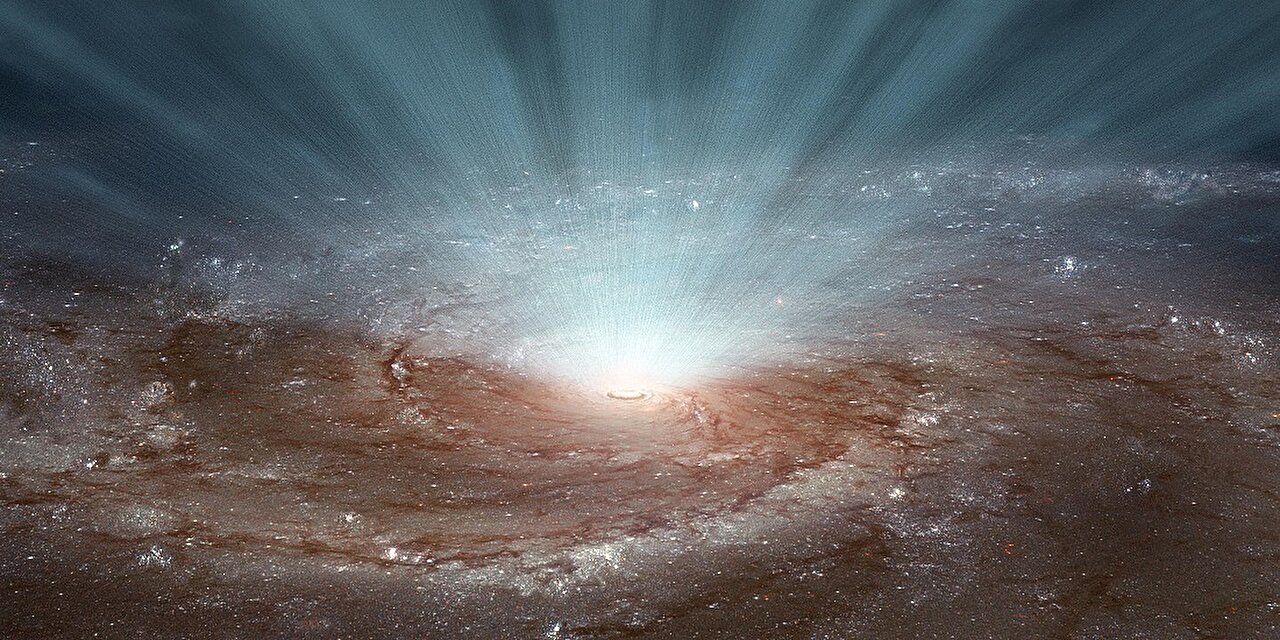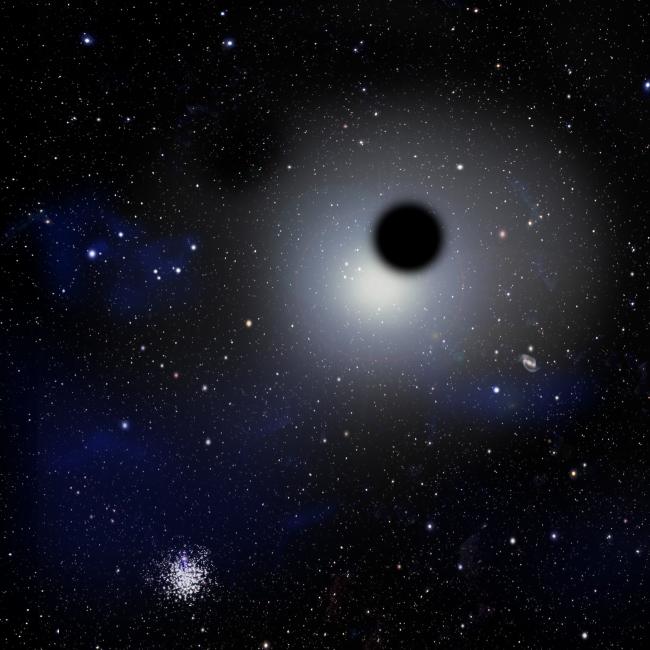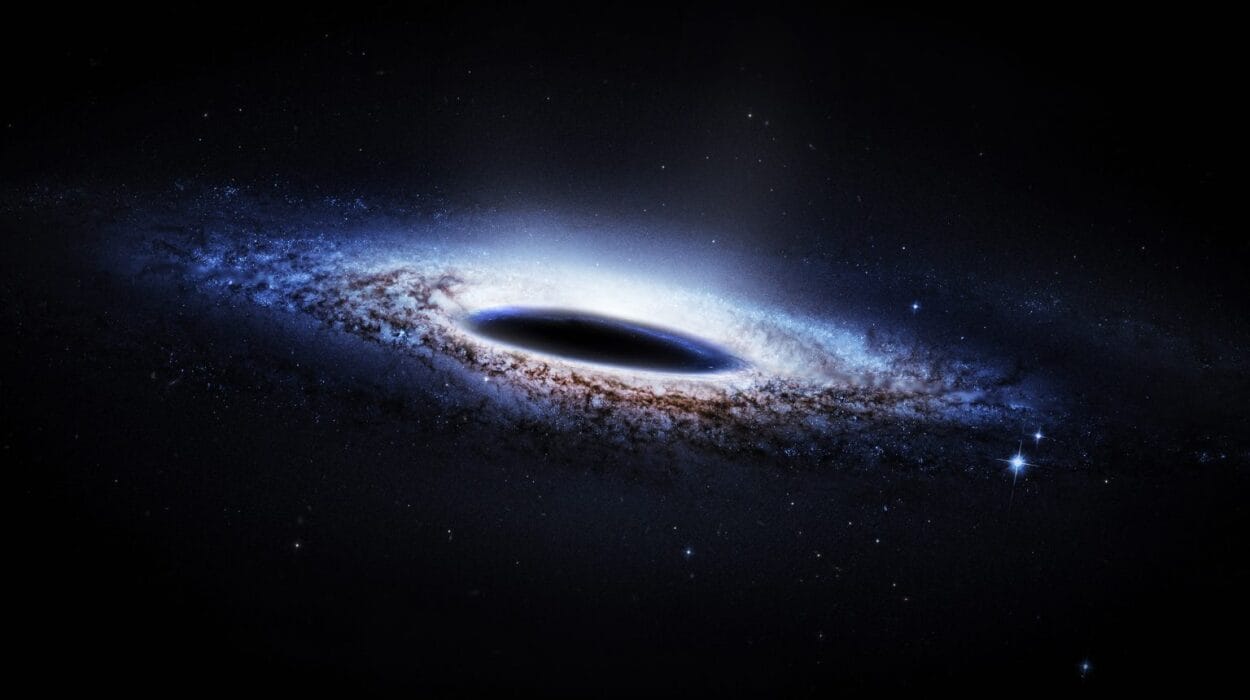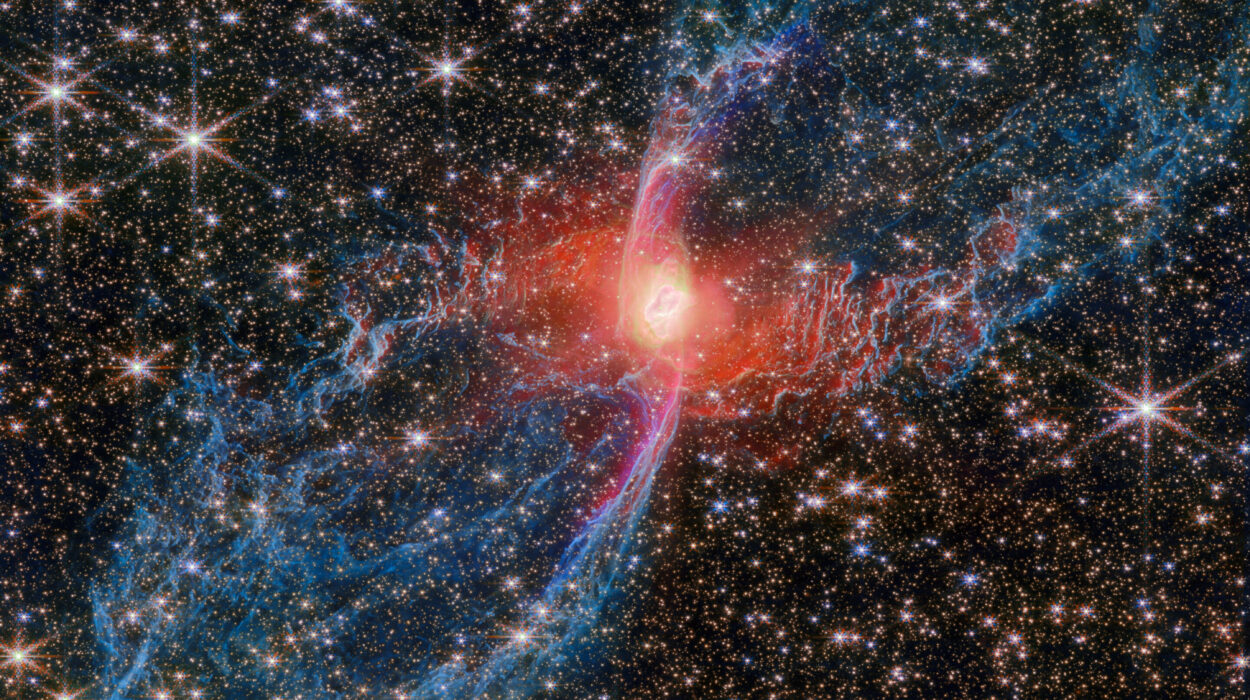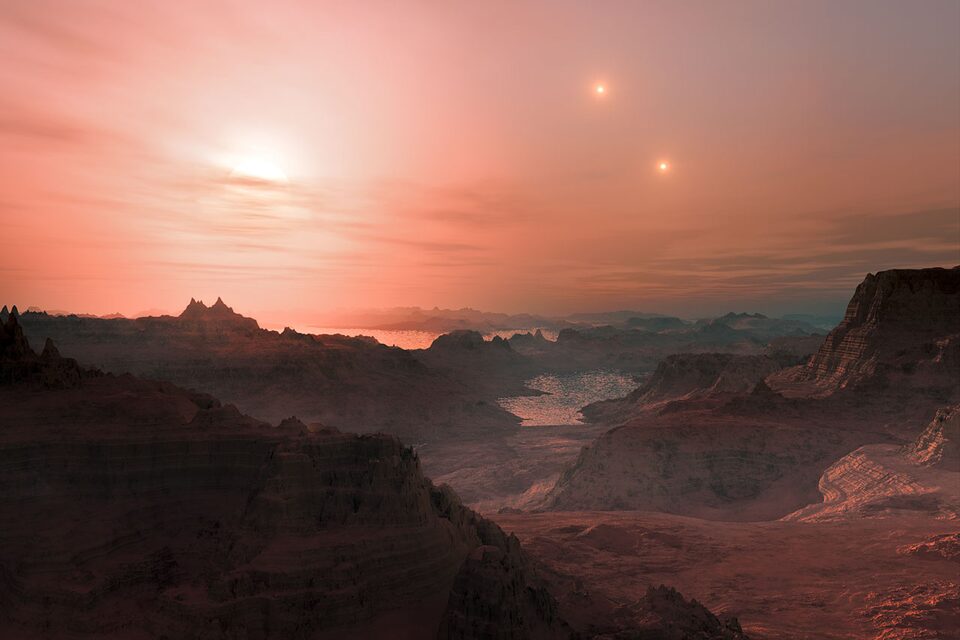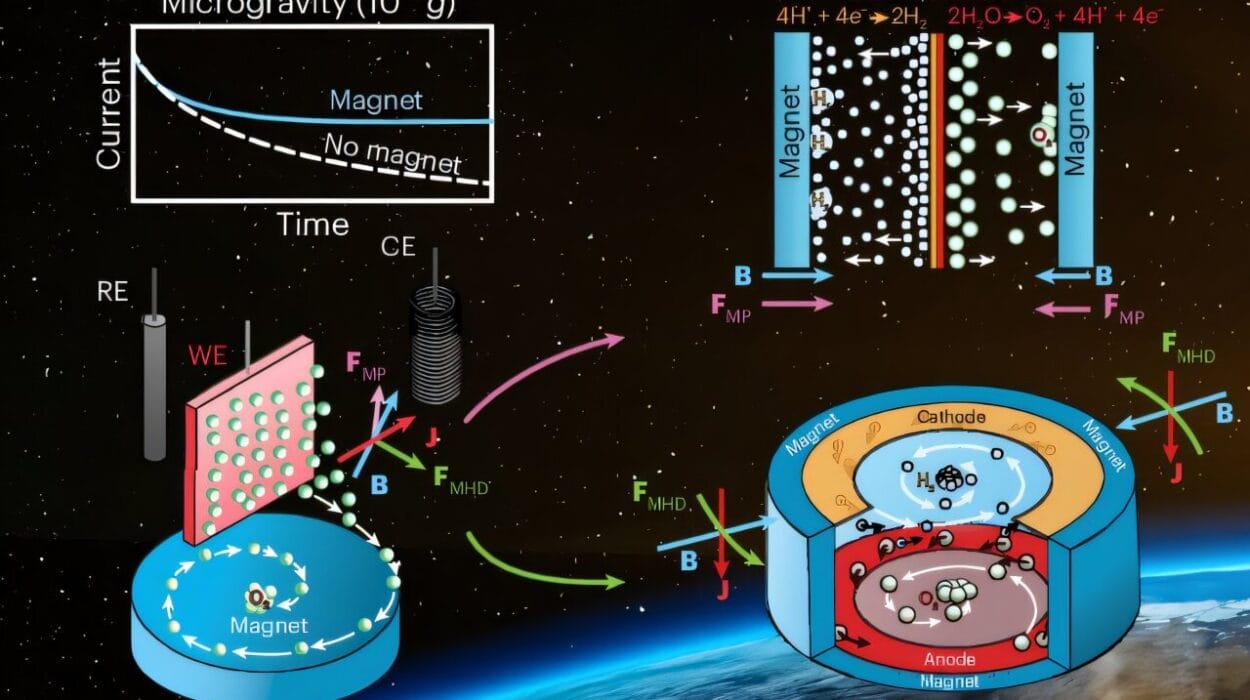High above our heads, a storm is raging—one that we cannot see, touch, or hear, but which has captivated the curiosity of physicists for over half a century. It’s not made of clouds or thunder, but of particles so energized, so extreme, that they defy comprehension. These are the so-called ultra-high-energy cosmic rays, fragments of atomic nuclei catapulted across the cosmos with almost unimaginable force. They are nature’s most energetic messengers, and yet we still don’t know where they come from—or at least, we didn’t.
Now, a team of physicists from the Norwegian University of Science and Technology (NTNU) believes they may have cracked part of the cosmic code. Their bold hypothesis points to one of the universe’s most formidable entities: the supermassive black hole. But not in the way you might expect.
Welcome to the frontier of astroparticle physics, where the smallest known elements of matter meet the largest, most mysterious engines of the cosmos.
A Sea of Radiation and Particles
We live in an invisible ocean of cosmic activity. Photons of every wavelength sweep through our world—from low-energy radio waves to searing gamma rays. Particles like neutrinos, which barely interact with normal matter, pass through us by the trillions every second. And then there are cosmic rays, which despite their misleading name, are not rays at all. They are, in fact, particles—mostly protons and atomic nuclei—racing through space at nearly the speed of light.
Where do they come from? That depends. Many originate from relatively mundane sources: solar flares, distant supernovae, or interactions with interstellar magnetic fields. But there is a subset, discovered in 1962, that are anything but ordinary. These are the ultra-high-energy cosmic rays (UHECRs)—particles so powerful that their energy outstrips even the most advanced human-made accelerators by orders of magnitude.
They arrive rarely, and seemingly at random. When they do hit Earth’s atmosphere, they trigger cascades of secondary particles that rain down in broad showers. But what celestial slingshot could possibly hurl a proton across the universe with the energy of a professional athlete’s tennis serve?
The Black Hole Connection
At the heart of this mystery lies a tantalizing possibility: that these rare, high-energy particles are the result of winds produced by supermassive black holes. This is the central idea proposed by Associate Professor Foteini Oikonomou and her colleagues at NTNU. In a recent publication in the Monthly Notices of the Royal Astronomical Society, the team, led by Ph.D. fellow Domenik Ehlert and joined by postdoctoral researcher Enrico Peretti from Université Paris Cité, outlines a fresh framework to explain the origin of these energetic interstellar travelers.
At the center of our own Milky Way lies Sagittarius A*, a relatively dormant supermassive black hole. But not all black holes are quiet. Some are active galactic nuclei (AGNs), voracious monsters feeding on surrounding matter and spewing out colossal jets and winds. These winds, the NTNU team argues, could be the long-sought-after particle accelerators responsible for ultra-high-energy cosmic rays.
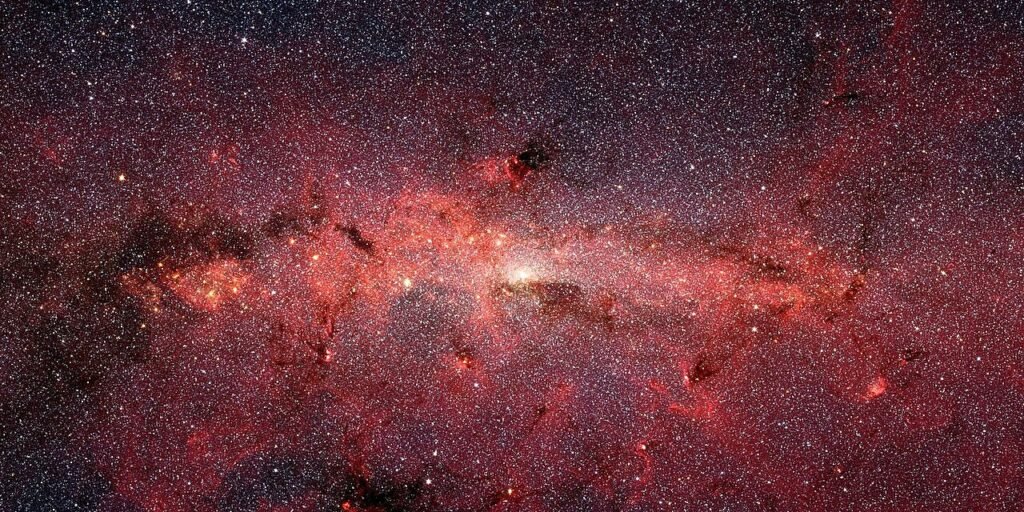
Winds of Destruction and Creation
When a black hole feeds, it does so violently. Gas, dust, and sometimes entire stars spiral toward the event horizon, heating up to billions of degrees and forming an accretion disk. Before this material disappears into the abyss, intense magnetic fields and radiation pressure can eject some of it into space as powerful winds.
“About half of these supermassive black holes produce such winds,” said Peretti. “And these winds can travel at up to half the speed of light.”
For over a decade, astronomers have studied these outflows for their role in galaxy evolution. They are capable of pushing away star-forming gas, effectively shutting down the birth of new stars and reshaping the structure of entire galaxies. But now, Oikonomou and her colleagues are looking at these winds from a different angle. Could they also be particle accelerators—natural, galactic-scale versions of the Large Hadron Collider?
According to their model, the answer might be yes.
The Physics of Acceleration
To understand how this might work, we need to zoom in—way in. At the scale of individual atoms, matter is made of protons, neutrons, and electrons. Strip away the electrons, and you’re left with a bare atomic nucleus, the kind of particle that makes up cosmic rays.
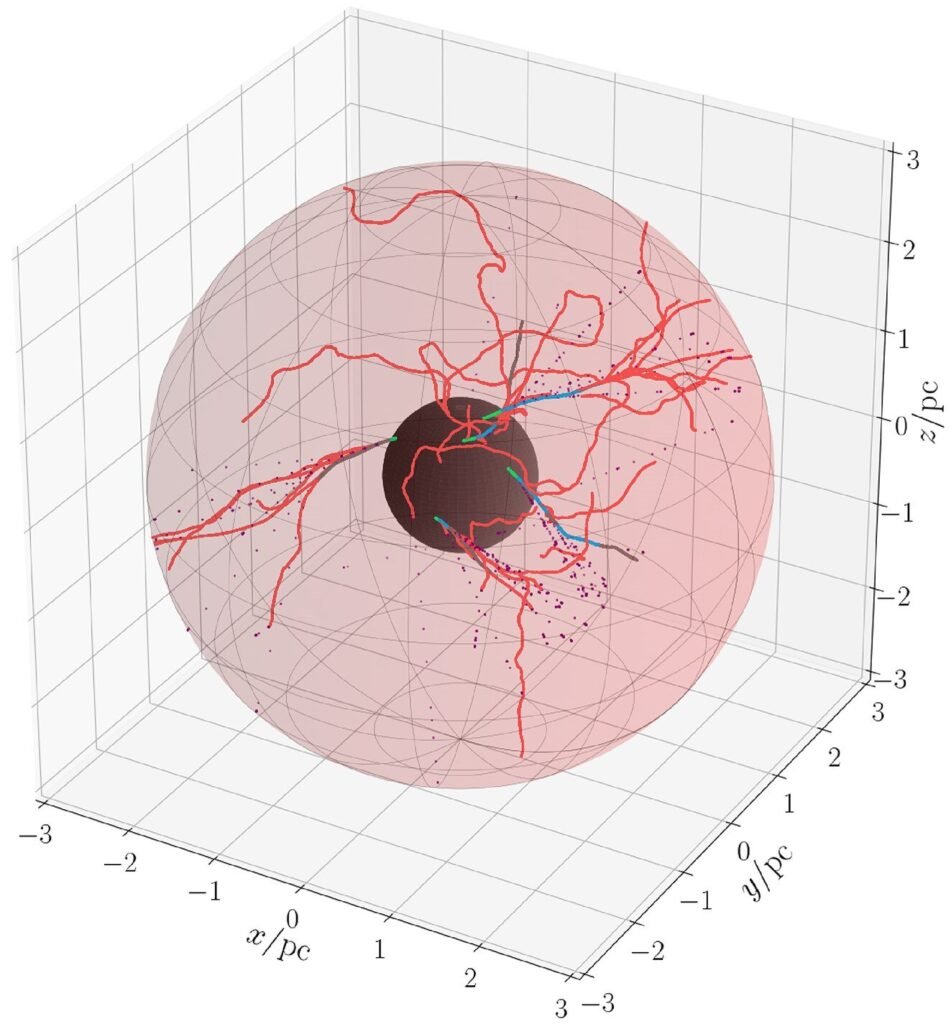
Now imagine one of these nuclei being caught in the outflow from a supermassive black hole. As the particle interacts with shockwaves, magnetic turbulence, and rapidly changing electric fields within the wind, it gains energy—lot of energy.
How much, exactly?
“The ultra-high-energy radiation consists of protons or atomic nuclei with energy up to 10²⁰ electron volts,” explained Oikonomou. “That’s a staggering figure. It’s comparable to the energy of a tennis ball served by Serena Williams at 200 kilometers per hour—but concentrated in a particle smaller than an atom.”
To put it in perspective, these cosmic projectiles have about a billion times more energy than the particles produced in CERN’s Large Hadron Collider.
Safe for Us, Dangerous in Space
Despite their power, we are largely shielded from these particles. When they strike Earth’s atmosphere, they are quickly broken down into harmless fragments. At sea level, their presence is indistinguishable from the ambient radiation we constantly experience. But for astronauts, especially those venturing beyond Earth’s magnetic shield, cosmic rays pose a serious danger.
“The radiation from our own sun is the more common risk,” said Oikonomou, “but the rare ultra-high-energy particles we study—while unlikely to hit an astronaut—represent the upper limits of cosmic exposure.”
Airline pilots and crew don’t fly high enough to worry. But the threat underscores why understanding these cosmic phenomena is not just an academic pursuit—it has real-world implications for space travel.
Other Theories, and a New Hope
The origin of ultra-high-energy cosmic rays has puzzled scientists for decades. Earlier theories focused on gamma-ray bursts, starburst galaxies, and jets from black holes. Each of these events involves enormous energy releases, making them tempting suspects. But none have provided definitive proof.
“All the existing models are good guesses,” said Ehlert. “They describe environments with enough energy. But none have convincingly shown that they are the source. That’s why we decided to explore the winds from supermassive black holes.”
Their model not only fits the energetic profile, but it also accounts for one especially puzzling feature: the composition of cosmic rays at specific energy ranges. Other models struggle to explain why certain elements dominate in these narrow bands. The black hole wind hypothesis, however, aligns nicely with the observed chemical makeup.
That doesn’t mean it’s proven. Far from it.
The Verdict: A Cautious “Maybe”
So, have the NTNU researchers solved one of physics’ biggest mysteries?
“Our answer is more of a cautious ‘maybe,’” said Oikonomou.
While the team’s model fits the data and explains several previously unexplained features, scientific rigor demands more than just correlation. What’s needed now is evidence—testable, repeatable, observable evidence.
And that’s where neutrinos come in.
Neutrinos are ghost-like particles that interact with matter only via the weak nuclear force. If the black hole winds really are accelerating cosmic nuclei, they should also produce a specific spectrum of neutrinos. Detecting these could offer the smoking gun that researchers have been searching for.
“In the years to come, we hope to collaborate with neutrino astronomers to test our hypothesis,” said Oikonomou.
If confirmed, it would not only solve a long-standing astrophysical enigma but also deepen our understanding of how the most violent processes in the universe shape everything from galaxies to planetary systems—and possibly even life.
Beyond the Horizon
There is something poetic about this search. At the heart of galaxies, black holes churn and rage, surrounded by whirling disks of matter and jets of energy that can stretch across thousands of light-years. From this chaos, it now seems possible that tiny specks—atomic nuclei smaller than we can see—are flung across space with breathtaking energy, traveling for millions or even billions of years, only to end their journey in the upper atmosphere of a blue planet orbiting an ordinary star.
And somewhere, someone with a telescope and a detector catches the whisper of their arrival and begins to piece together their story.
Thanks to researchers like Oikonomou, Ehlert, and Peretti, that story is becoming clearer. Not complete, not yet—but more vivid, more compelling, and perhaps closer to the truth than ever before.
As always in science, every new answer opens the door to even more profound questions. But in asking them, we move one step closer to understanding not just the universe—but our place within it.
Reference: Domenik Ehlert et al, Ultra-high-energy cosmic rays from ultra-fast outflows of active galactic nuclei, Monthly Notices of the Royal Astronomical Society (2025). DOI: 10.1093/mnras/staf457
